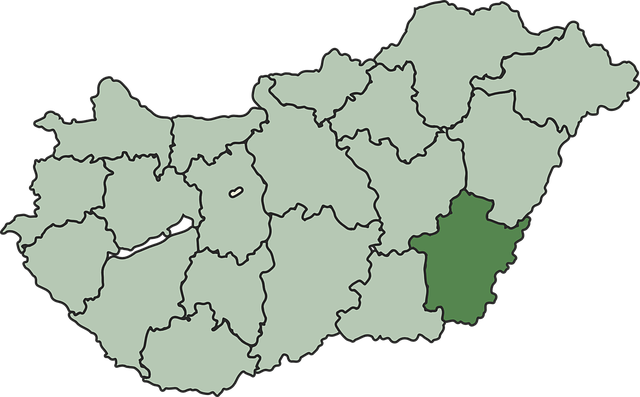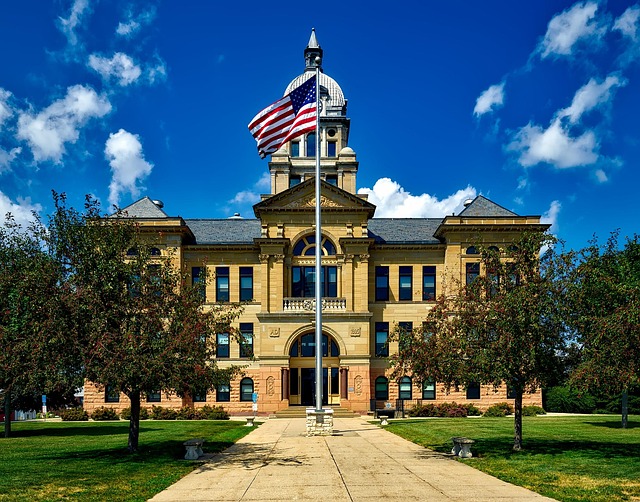An extensive freeway network significantly enhances community access and connectivity, driving up real estate values through improved integration and travel ease between areas. Efficient road infrastructure boosts economic growth, expedites emergency services response times, and makes locations near major freeways highly desirable for living and investing. This creates a thriving community landscape with profound effects on the local real estate market. Strategic planning and design of freeway systems are crucial for optimal connectivity, impacting development and urban growth. In developed nations, expansive networks like the U.S.'s Interstate Highway System have transformed landscapes, cut travel times, and led to rapid suburban expansion, attracting commercial activities and diversifying economies. The result is increased land demand, higher property values, and a ripple effect on local economies.
“Imagine a web of seamless connections, where communities once isolated now thrive through efficient freeway networks. This article explores the profound impact of these transportation arteries on community access and real estate value. We delve into the strategic planning and design considerations that optimize connectivity, drawing from compelling case studies worldwide. Discover how well-designed freeway systems stimulate economic growth, enhance lifestyle, and significantly influence local real estate markets.”
The Impact of Freeway Networks on Community Access and Real Estate Value

The presence of an expansive freeway network significantly enhances community access and connectivity, which has a profound impact on real estate values in the region. Efficient road infrastructure facilitates easier travel between neighborhoods, towns, and cities, making communities more integrated and accessible. This improved connectivity encourages economic growth as businesses can expand their reach, leading to increased employment opportunities and higher property demands. As a result, areas with well-connected freeway systems often experience a surge in real estate values due to the enhanced desirability and viability of living and investing in these locations.
Additionally, freeway networks streamline emergency services, ensuring swift response times during crises. This aspect further adds to the appeal of neighborhoods close to major freeways, as residents can expect quicker access to medical facilities and other critical resources. Such advantages contribute to a positive feedback loop where better infrastructure attracts development, which in turn drives up real estate prices, creating a thriving and valuable community landscape.
Planning and Designing Efficient Freeway Systems for Optimal Connectivity

The planning and design of efficient freeway systems are paramount in ensuring optimal connectivity, a factor that significantly influences real estate development and urban growth. These networks must be thoughtfully constructed to accommodate high traffic volumes while prioritizing safety and efficiency. Engineers and urban planners employ sophisticated models and data analytics to predict future transportation needs, enabling them to create interconnected highways that serve as the lifelines of metropolitan areas.
Efficient freeway design involves strategic considerations like route selection, interchange layouts, and ramp configurations. These elements are crucial in minimizing congestion, enhancing travel times, and fostering economic growth. Well-designed freeways encourage seamless movement of goods and people, stimulating regional development and improving quality of life for residents. In the context of real estate, access to robust transportation infrastructure significantly influences property values and market dynamics.
Case Studies: Successful Freeway Network Implementation and Its Real Estate Implications

In many developed nations, the successful implementation of an expansive freeway network has profoundly impacted both urban and suburban landscapes, leading to significant real estate implications. Case in point: The expansion of the Interstate Highway System in the United States during the mid-20th century. This massive infrastructure project not only facilitated faster travel times but also catalyzed unprecedented growth and development along its corridors. Cities like Los Angeles and Chicago saw their urban centers give way to sprawling suburbs, with real estate values escalating as a result of improved accessibility and connectivity.
Freeways have proven to be powerful magnets for commercial activities as well. They enable businesses to establish themselves in areas once considered remote, fostering economic diversification and attracting investments. This phenomenon is evident in the rapid development of industrial parks and logistics hubs strategically located near major freeway junctions. The real estate implications are clear: increased demand for land, higher property values, and a ripple effect on local economies, reshaping urban and suburban landscapes in profound ways.






